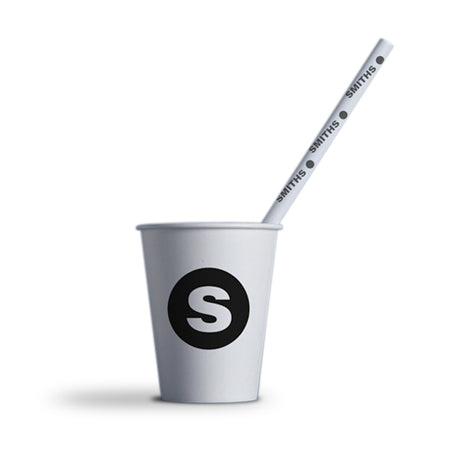The Art of Olive Oil Packaging A Focus on Olive Oil Boxes
In the culinary world, few ingredients are as revered and versatile as olive oil. Often hailed for its health benefits and rich flavor profiles, olive oil has become a staple in kitchens around the globe. However, the appreciation for this liquid gold extends beyond its culinary applications to its packaging, particularly in the design and functionality of olive oil boxes. The packaging not only serves to protect the product but also plays a vital role in branding, marketing, and consumer experience.
The Importance of Packaging in the Olive Oil Industry
The packaging of olive oil serves several critical functions. First and foremost, it protects the oil from light, air, and temperature fluctuations, all of which can degrade the quality of the oil. High-quality olive oil is often packaged in dark glass bottles or tin boxes that limit exposure to light, but cardboard boxes are gaining popularity due to their unique advantages. Olive oil boxes can be designed to minimize exposure to light while also providing insulation against temperature variations, thereby preserving the oil's integrity and flavor for a longer period.
Moreover, packaging is crucial for branding. In a crowded marketplace where consumers have numerous options, appealing packaging can set one brand apart from another. Creative and aesthetically pleasing designs catch the eye and can communicate the quality and craftsmanship of the olive oil inside. Many brands leverage the storytelling aspect of their packaging to convey their origins, production methods, and even the history of their family businesses. This connection to the product can enhance consumer loyalty and facilitate a deeper appreciation for the brand.
Sustainability and Eco-Friendliness
In recent years, there has been a growing emphasis on sustainability and eco-friendliness in the food industry, and olive oil packaging is no exception
. Many brands are now opting for recyclable or biodegradable materials for their olive oil boxes. This commitment to sustainability not only meets consumer demand for environmentally responsible products but also contributes positively to the brand's image.Innovative packaging solutions, such as boxes made from recycled materials or those that incorporate eco-friendly inks, reflect a brand’s dedication to sustainability. By choosing such packaging, companies can appeal to conscientious consumers who are more likely to support products that align with their values.
olive oil boxes

The Design Elements of Olive Oil Boxes
The design of olive oil boxes can greatly impact consumer perception. Elements such as color, typography, and imagery play a significant role in conveying the brand's message. For example, earthy tones and natural images can indicate organic, high-quality olive oil, while vibrant colors might attract a younger, more adventurous demographic.
Furthermore, the structural design of the box is essential for functionality. An ergonomic design makes it easier for consumers to handle, pour, and store the olive oil. Features like resealable lids or spouts can enhance convenience and user experience. Ultimately, a well-designed box seamlessly combines aesthetic appeal with practicality.
Consumer Interaction and Unboxing Experience
The unboxing experience has become a recognized aspect of consumer interaction. As online shopping becomes more prevalent, the packaging of edible products, including olive oil, is increasingly evaluated for how it enhances the customer experience. A visually striking and carefully designed olive oil box can turn the act of opening a product into a memorable experience. This moment of delight can positively influence a customer's perception of the brand and encourage repeat purchases.
Additionally, brands can leverage digital technology, such as QR codes on their boxes, to provide consumers with more information about the product, including recipes, serving suggestions, and the story of the olive oil’s origin. This interactive element can foster a deeper connection between the consumer and the brand.
Conclusion
In conclusion, the humble olive oil box is far more than just a container; it is a critical component of the product that impacts quality, branding, sustainability, and consumer experience. As the olive oil market continues to grow, the importance of innovative, functional, and aesthetically pleasing packaging will only increase. By investing in thoughtful packaging solutions, olive oil brands can enhance their market presence, support sustainability efforts, and connect with consumers on a deeper level. As a result, the olive oil box stands as a testament to the intersection of practicality and artistry in the food industry.



